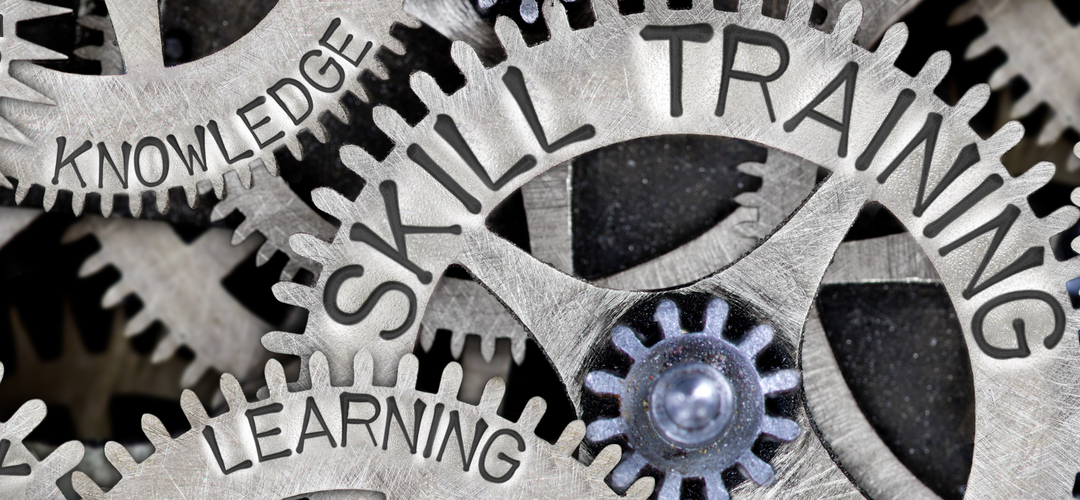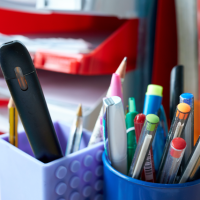There are many proven strategies that are useful when helping others make a change in their behavior. For example, strategies such as using personalized feedback and challenging a person’s expected outcomes of substance use have been shown to impact behavior.
Adaptive and positive behavioral skills help people deal effectively with the challenges of everyday life and change behavior that has brought negative consequences.
Below are examples of how 3rd Millennium courses include behavior change strategies to help students make positive changes.
Incident Reflection and Evaluation
Thinking back on a situation and the decisions that were made is an important tool. This can help students identify the negative outcomes of their choices. This type of reflection helps a person identify the contributing factors to a bad choice. It can also empower them to make different decisions and create better outcomes.
Evaluating a situation and grading yourself on your responses and choices is a great way to build motivation for change.
Identifying Triggers
Almost everyone has triggers that prompt bad decisions. Self-evaluation and reflection is one way to identify a person’s triggers.
Triggers may be situational (i.e. having extra time, being with certain friends or peers). They may be stress-related (i.e. work or school deadline, having a fight). When students identify the things that are most likely to trigger them, or prompt them to make bad choices, they can then make a plan for how to handle the trigger in a different way.
Using Protective Behaviors
Having students identify strategies that they would be comfortable using gets them thinking about how they can respond in a situation where they may feel pressure to use. They may choose to behave in a way that has brought bad results in the past.
Our alcohol and drug intervention courses cover a range of protective strategies, such as suggesting ways to set limits on use or ways to change their environment. Students answer questions about what they would feel comfortable doing and then receive personalized feedback on other ideas that fit into that type of strategy.
Making a Plan
Reflecting on a person’s choices and their outcomes, identifying the triggers of making bad choices, and choosing strategies that will help them stay out of trouble are all tools that can be used to make a plan.
Making a plan is a proactive strategy that gives the student something to fall back on when faced with a similar situation. It allows them to think through a hard decision ahead of time, when the pressure isn’t on.
Interactive Scenarios to “Practice” Using New Skills
Making a change in behavior isn’t just about motivation. Giving students the opportunity to practice their new skills in a safe and low-pressure environment is critical. This way they will not be testing them out for the first time in “real life.”
If you are interested in implementing these strategies at your school or campus, visit 3rd Millennium Classrooms or call 888-810-7990.




